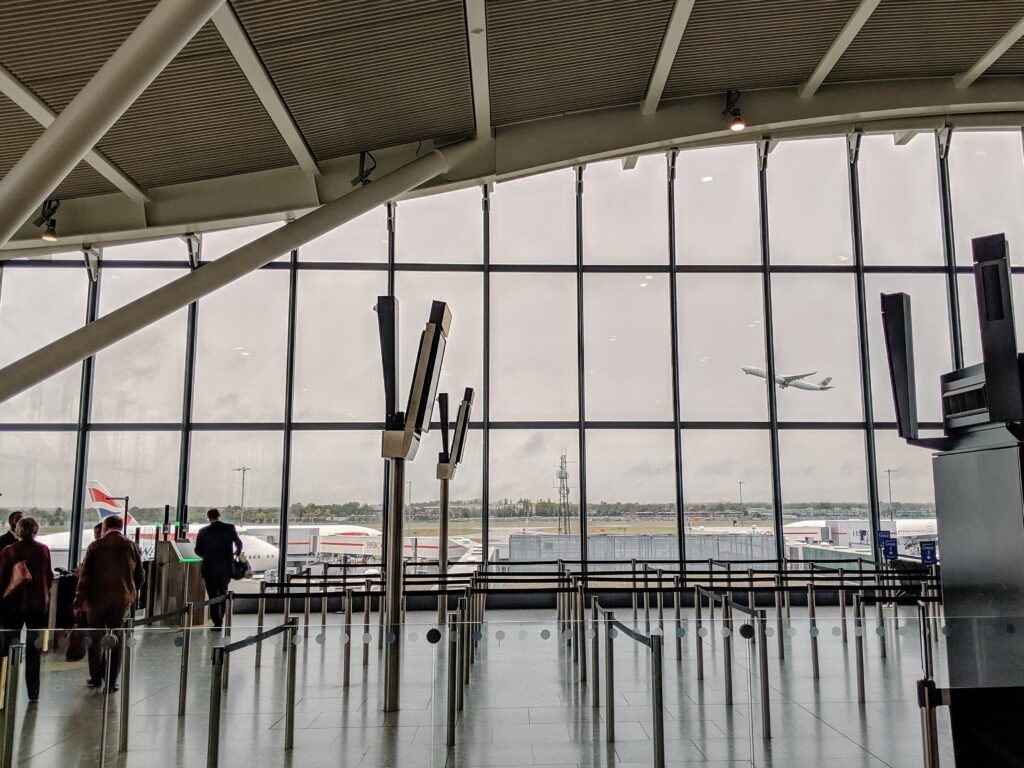Atrius looks to bring airport spaces to life to enhance the passenger experience
Share
Atrius is a smart data company that works with airports worldwide, both in the sustainability arena, as well as in enhancing the passenger experience through navigation tools. APEX Media spoke to Olivier Vidal from Atrius to find out more.
Olivier Vidal started by saying that Atrius aims to “make spaces smarter, safer and greener.” This comes as figures show that buildings generate 39% of annual global greenhouse gas emissions, with 28% coming from the operation of buildings.

Airports terminals and other buildings often have a large square metre footprint, which in turn leads to a significant carbon footprint from their buildings. As a result, the Atrius Wayfinder tool helps airports optimise the use of space, reducing energy consumption in areas that aren’t being used.
The creation of intelligent spaces can also play a big part in helping passengers find their way around airports, in turn increasing customer satisfaction, reducing queues and resulting in a better use of space and the placement of retail concessions.
This is done through Atrius’ “Personal Wayfinder Insights.” This product offers passengers an interactive, personalised navigation system to streamline their journey through the airport.
In particular, Vidal says that the technology can be offered via airport or airline apps as an automatic download that works offline, without the need for the passenger to purchase in-flight or airport WiFi services.
Helping Heathrow’s passengers navigate the airport

One major example of how this is being done is with London’s Heathrow Airport. According to Vidal:
“First-time fliers or people taking off for the first time since 2020 often find airports complicated or at least confusing. Even frequent fliers may search for airline gates or favourite stores and restaurants that might have relocated or closed.”
At Heathrow, Vidal says that the introduction of Atrius maps in the airport terminals and on the mobile app, opened pathways to “better passenger data, increased ancillary revenue, and more collaboration with airline partners.”
That then led to a further focus on making the indoor wayfinding experience even more accurate, valuable, and personalised for passengers, through the integration of the Atrius ‘blue dot’ technology.
Vidal says that Blue dot technology provides passengers the convenience of having a personalised guide, helping them traverse the airport, giving them peace of mind, and making their time at the airport enjoyable.
Crucially, passengers don’t even have to download Heathrow’s app to get value from it. According Vidal, “Atrius pushes the data in real-time to partner airlines’ mobile apps, improving their ability to personalise services based on passenger profiles.”
That means that when passengers land at Heathrow and transfer onto another flight, they can look at their own airline app and streamline their route through the airport from the moment they disembark from the aircraft.
Other airports that Atrius has worked with, include Houston Airports (both George Bush International (IAH) and William B Hobby (HOU)), where among other things, passengers can navigate any terminal with the blue dot locator and turn-by-turn directions from the interactive map.


